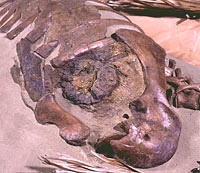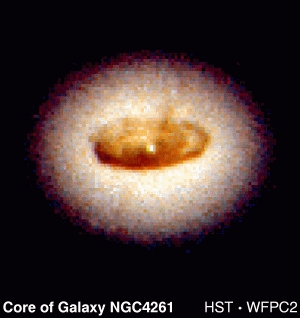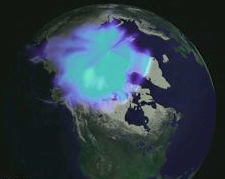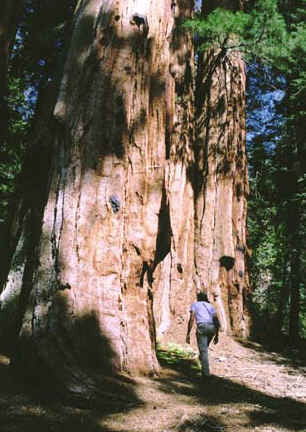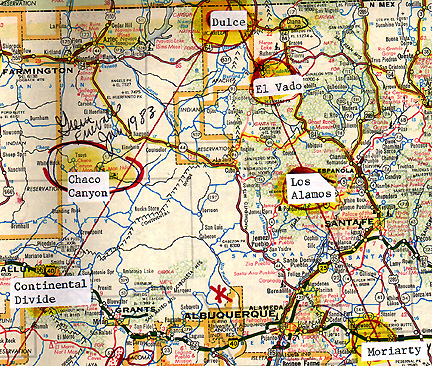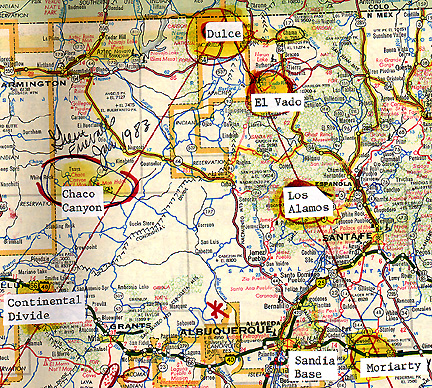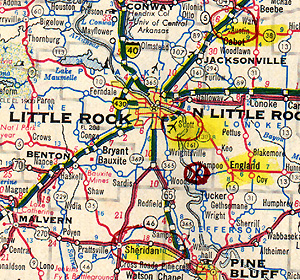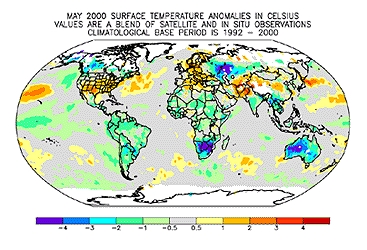
June 18, 2000 Asheville, North Carolina - This weekend, the National Oceanic and Atmospheric Administration's National Climatic Data Center announced that this spring of 2000 has been the warmest on record for the United States. NOAA reports that during this spring season, "every state in the continental U. S. was warmer than its long-term average. ... The extremely warm temperatures contributed to worsening drought conditions in many areas of the country. Parts of the Southeast, Midwest and
Click here to subscribe and get instant access to read this report.
Click here to check your existing subscription status.
Existing members, login below:




